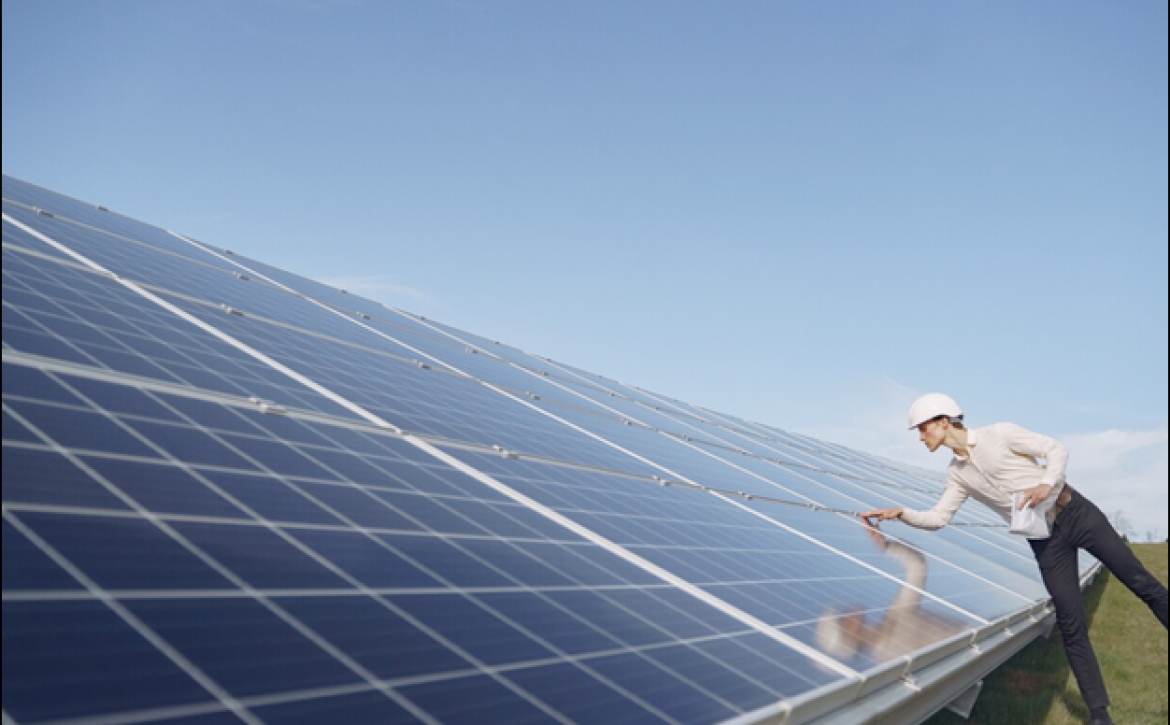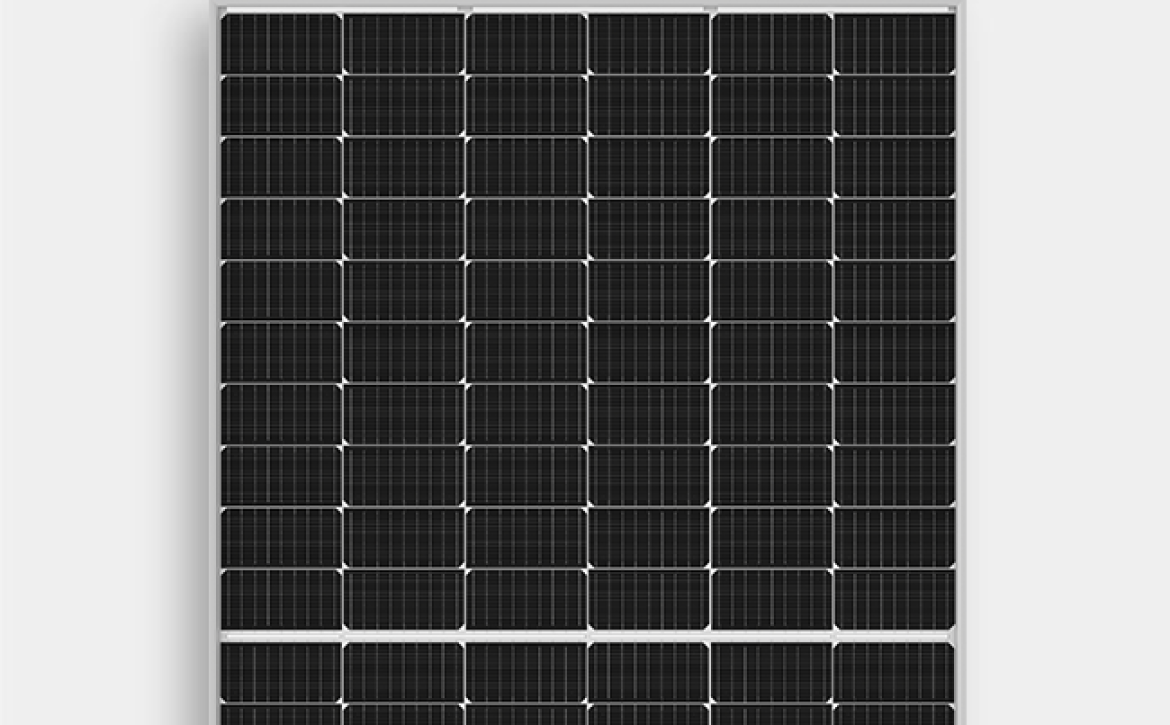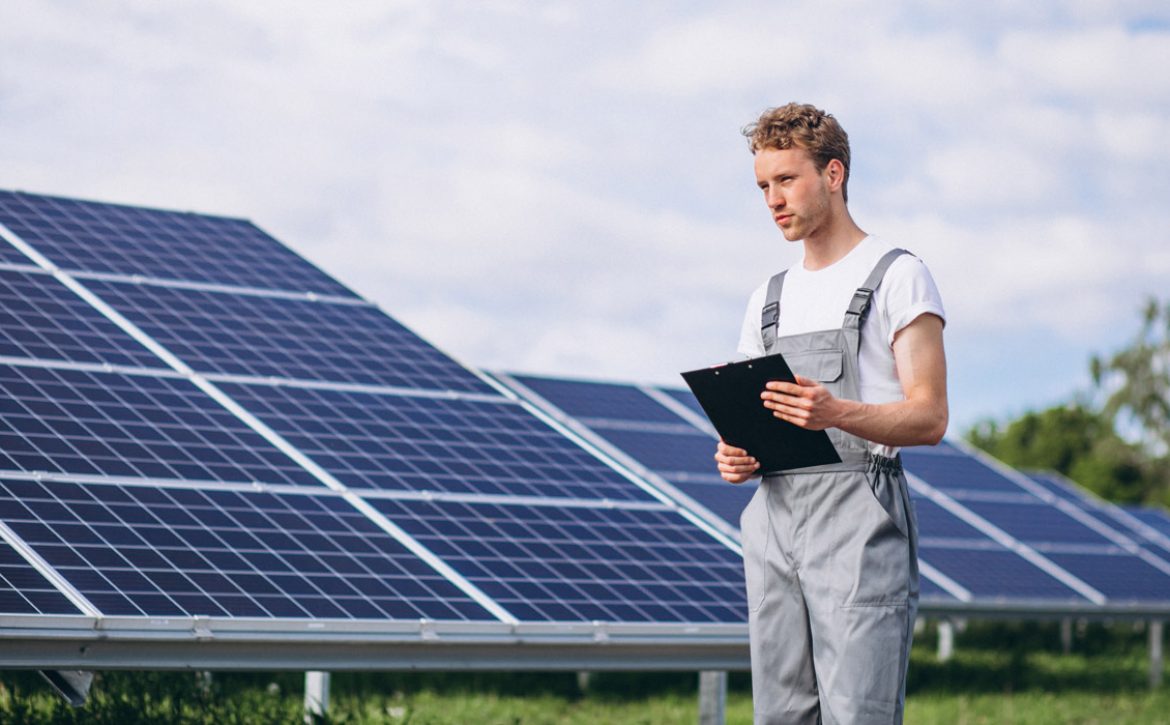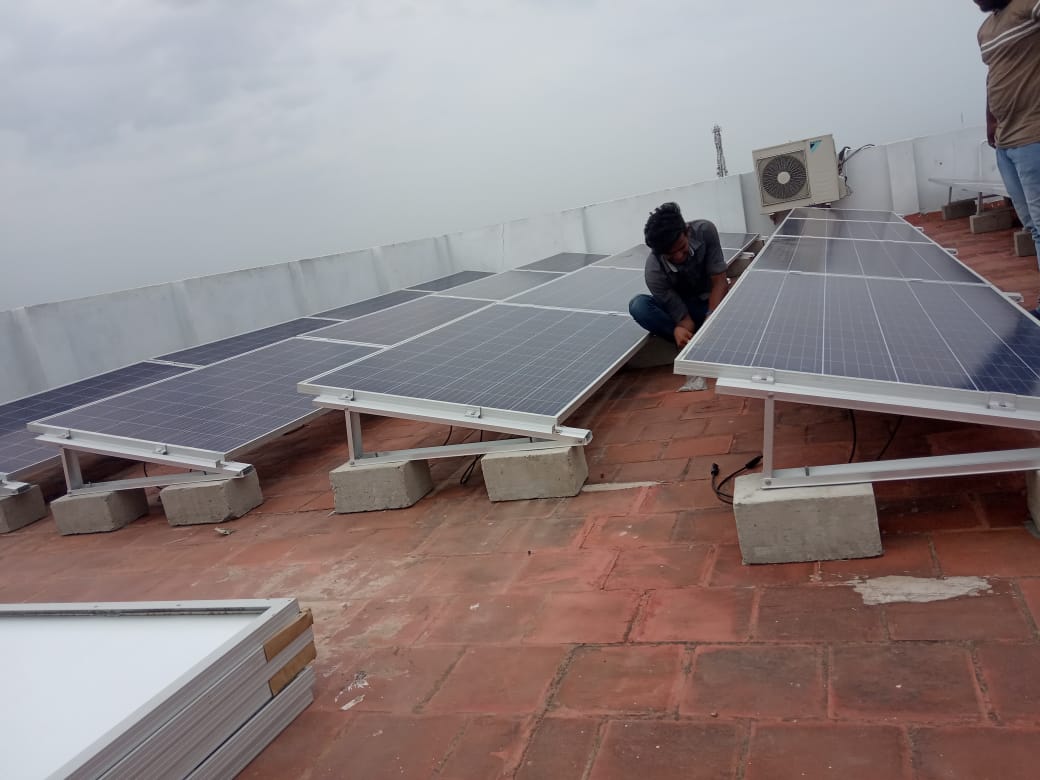Battery Maintenance Checklist
One of the most effective ways to extend the life of your solar batteries and reduce the lifetime cost of your off-grid solar electricity system is to maintain them properly. Maintenance of batteries focuses on proper charging, electrolyte condition, battery terminals, and safety.
When you take good care of your batteries, they will last longer and perform better. Battery life relies on parameters like storage temperature and depth of discharge (DOD).
Here’s a checklist for optimal battery performance and maintenance-free batteries:
Things to Know Before Starting:
Before you start maintenance, make sure all the safety equipment is ready to go. The following is a list of typical maintenance tools you will require.
- Hydrometer;
- Glass bulb type thermometer;
- Distilled water;
- Handheld voltmeter or multi meter;
- Anti-oxidant coating;
- Hand gloves and protective eyewear;
- Baking soda – for cleaning of batteries.
Prevent unauthorised access:
Batteries should be placed per manufacturer instructions. The battery bank must be safeguarded by a proper enclosure that is only accessible to authorized personnel. Proper safety signs should caution people about the risks.
Check the battery:
A comprehensive and detailed visual inspection of the battery is needed as part of routine maintenance. This inspection should also include:
- cleanliness of batteries;
- level of electrolyte;
- condition of battery terminals;
- signs of any electrolyte in the safety trays on the floor, indicating a battery leak or overfilling;
- condition of battery containers; and
- battery voltage level.
Charging your batteries
To maximise the life of a battery bank, it is best to ensure that it is regularly receiving a full charge. Some solar lead acid batteries can go down to a maximum depth of discharge of 70- 80% while, for some deep cycle lead acid batteries, the recommended maximum depth of discharge is 50%.
- For flooded batteries, the battery bank also requires an equalisation charge to ensure that all individual cells in the bank are at a similar charge. This is achieved by charging the battery until bubbling or gassing occurs.
- The period between equalisation charges is dependent upon manufacturer and typically vary from 7–28 days but some batteries can be as high as 90 days. Please check with your system supplier.
How To Check the Fluid Level
The only type of battery that requires this procedure is a flooded lead acid battery (FLA). Open the top of your battery and look inside. To ensure that no metallic lead surfaces are visible, the cells should be filled with distilled water.
Most batteries contain a “fill line” that indicates the proper electrolyte level. The maximum liquid level is about 1/2 inch below the cap. Do not overfill your batteries, since this could cause them to spill!
How To Check the Charge Level
- Determine the state of charge or depth of discharge (DOD) by checking the specific gravity and voltage of the battery.
- The specific gravity table below will help you determine the state of charge of your battery.
- If your batteries are 6V instead of 12V then simply divide the voltages by two. Similarly, double the voltage values for a 24V system.
- If you do not properly monitor these two factors, your battery will undergo significant sulfation.
Battery Tests:
After you finish visually inspecting your batteries, there are two important tests you should do as part of regular maintenance:
- Open Circuit Voltage Testing and
- Specific Gravity Testing.
Performing these tests monthly will give you with key information regarding the condition, lifespan, and charging level of the batteries. Additionally, they will assist you in identifying issues like overcharging, undercharging, and overwatering. Identifying these issues early is crucial for maintaining the condition of the battery.
Cleaning Batteries:
- Cleaning the battery terminals on a regular basis requires a mixture of baking soda and distilled water applied with a battery terminal cleaner brush.
- Then, rinse the terminals with water, ensuring that all connections are secure, and apply a commercial sealant or high temperature grease to the metallic components.
- Clean up the space around the batteries; it should be dry and well-organized.
- Call us Tel: 9952054308
- chat with us:
Email us: ram@solstrom.in








